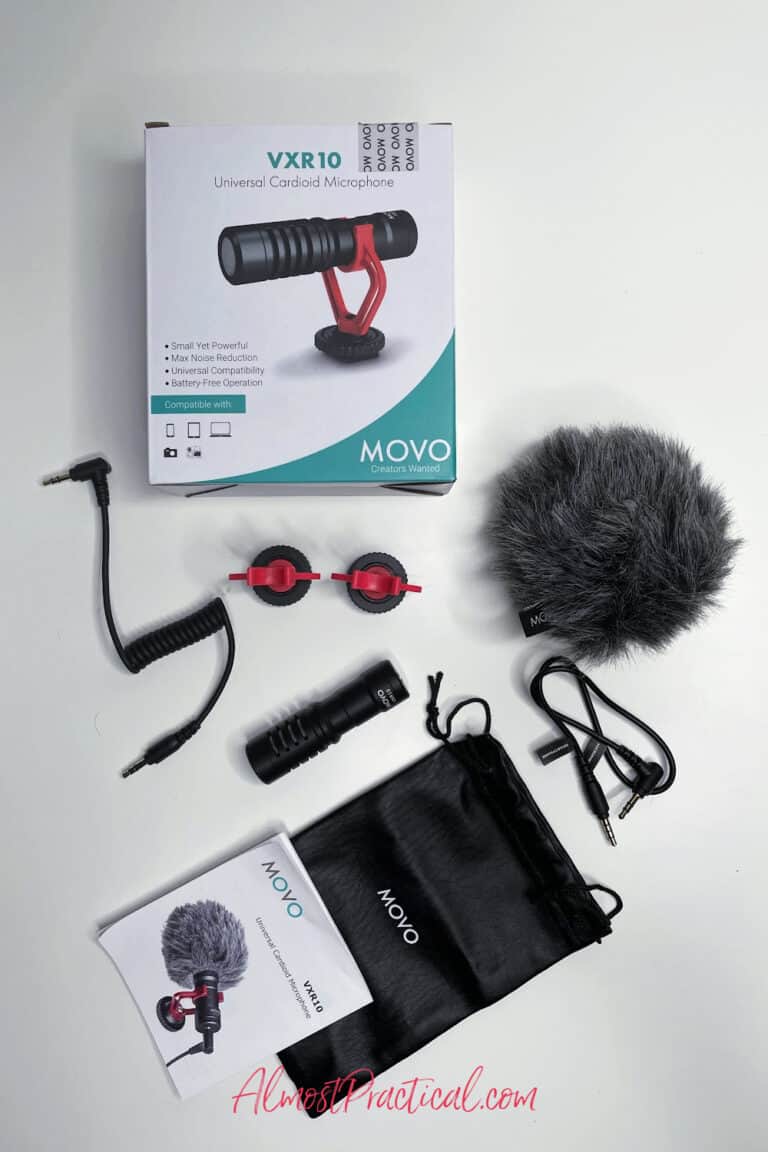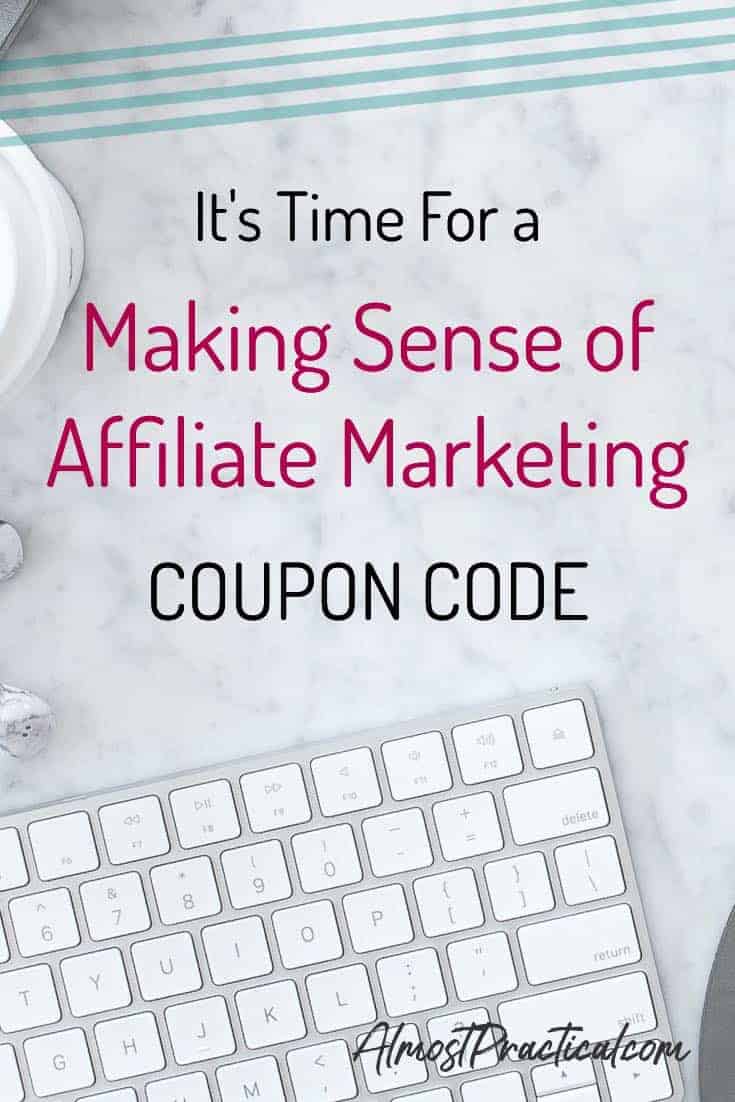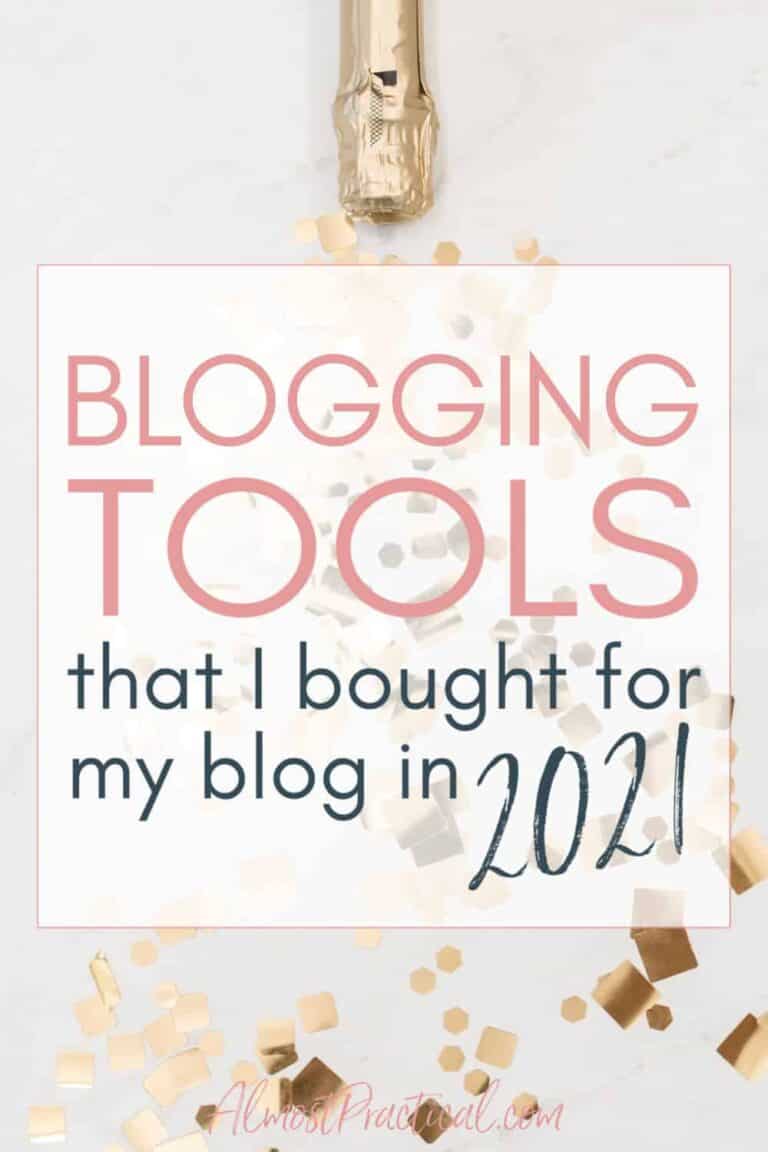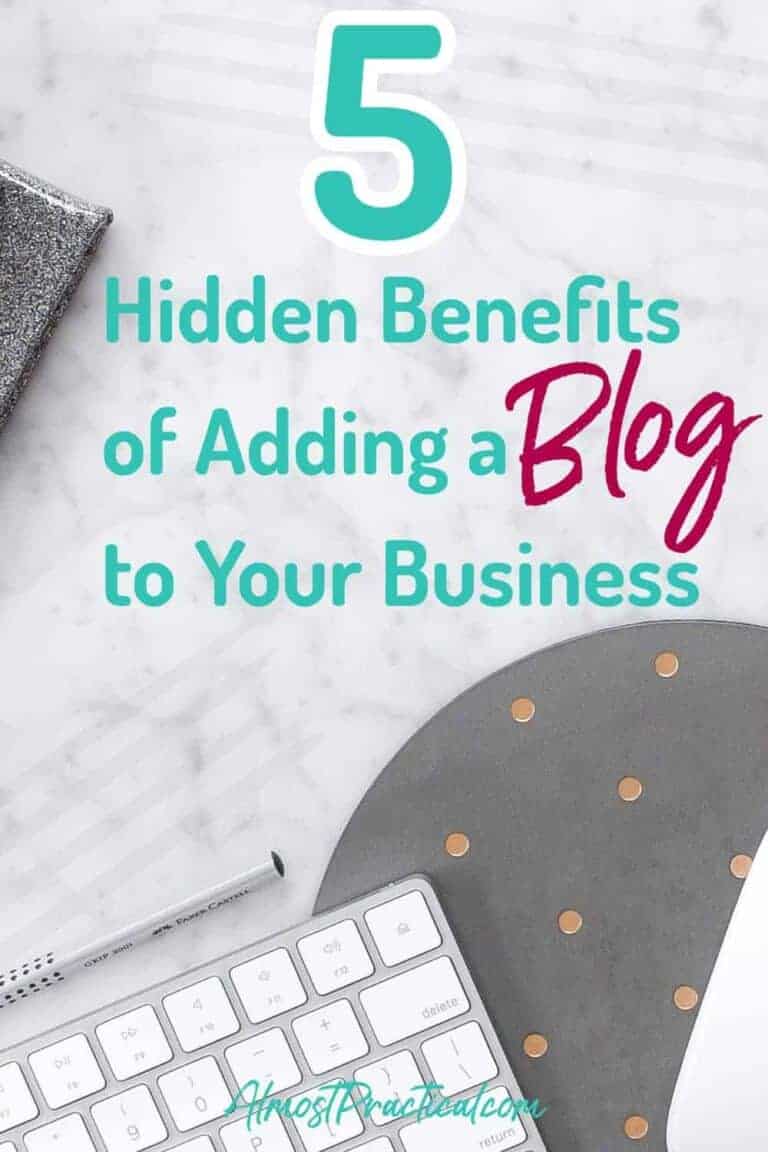How to Start A Blog in 2024
This post may contain affiliate links which means I make a commission if you shop through my links.
Disclosure Policy
Are you thinking about starting a blog? I have been blogging for over 15 years now – and if I had to do it all again, I would do so many things differently.
If you do a quick search on the internet, you will find the standard advice:
- pick a topic or niche
- use WordPress
- find a cheap host
- pick a theme
- and start writing
Well, I am here to tell you that it isn’t so easy. That advice may have worked ten years ago, but blogging has changed. You just can’t build it and they will come.
Today, more than ever, you need to connect to your readers on a personal level and create those super fans.
And let me tell you, it is a real roller coaster ride.
A blog is a business and it takes time – soooo much time! – and energy, and money – not to mention the emotional toll that it takes too.
It kind of sounds like I am telling you not to do it, right?
Well, I won’t go that far, but I will tell how (and give you the why) I would approach it right now, if I were to start over.

1. Don’t Start a Lifestyle Blog
By Lifestyle blog, I mean a blog that covers just about every topic under the sun (like mine).
When you write about too many topics, you don’t have enough time in the day to go in depth about each one.
And it will be hard to attract readers because they may not be interested in all of the different things that you write about.
Maybe you like to write about pickleball, home decor, and vegan recipes – but the people that find you through one of your recipes will not want to get a newsletter from you that reviews pickleball paddles.
Pick one topic to start. Cover it thoroughly, and if you still have time in your day then start a second site.
Alternatively, you could add a second topic to your existing site but treat each topic as if it has a stand alone audience and cater to that. I don’t think most people recommend this approach but if multiple sites seems overwhelming to you then you could try this approach.
2. Create a Business Plan
Before you run out and get your hosting and a theme – sit down and craft a business plan.
As part of your business plan – be very clear on what your business is all about. You can call it your niche or your topic – but it will be the subject that all your content will revolve around.
Have an understanding of who your audience is and what type of content will appeal to them.
Next, write down how you plan to make money from your blog – what products and services will you offer?
The days of relying on ad revenue alone are, in my opinion, gone.
All it takes is one change in the Google algorithm or the Pinterest algorithm to tank your traffic and your ad revenue with it.
Diversifying your income streams is key.
In addition running ads on your blog, you could also
- create courses
- sell printables
- offer services
- create a YouTube Channel, and
- make commissions through affiliate marketing.
If you plan out your ideas for your business (notice I did not say blog) right from the beginning – then you have a direction and know how time and effort you will need to put in going forward.
You should also include the following components in your plan:
- a concrete timeline – what you plan to do in the first year to kick start your business,
- a first year budget,
- information about your competitors – what topics they cover and services do they offer
- a blog content blueprint
3. Go For Managed WordPress Hosting
It may seem expensive, especially if you are just starting out – but the cost of premium, managed WordPress hosting is worth its weight in gold.
Like most bloggers, I started out on a cheap, shared hosting plan – and I can’t tell you how many hours I wasted trying to troubleshoot technical issues that would arise. This was time that would have been better spent creating new content – or spending time with my family, for that matter.
I now use Big Scoots managed WordPress hosting and honestly, have never looked back (you can read my Big Scoots review here). They have resolved any issues that arise in an efficient and timely manner.
In addition to Big Scoots, there are many great hosting companies out there. My recommendation would be to choose one that specializes in WordPress and that has great customer service.
Also, as a side note, there is a difference between WordPress.com and self hosted WordPress. It can be confusing if you are new to blogging – but most bloggers use self hosted WordPress because that gives you the most control over your content and how you monetize it.
4. Use a Premium WordPress Theme
When it comes to WordPress themes, the same concept applies.
There are lots of free themes out there – but when an issue arises you are pretty much on your own.
Using a premium theme gives me so much peace of mind in that I know the developer is constantly keeping the theme updated so that it will work with the latest version of WordPress.
More importantly, when the theme stays updated it less vulnerable to being hacked and the code stays clean.
I use the Kadence framework (which is built for speed) and a child theme from Restored 316 on this site.
5. Consistently Create Content
When it comes to content, consistency is key.
Sporadic stops and starts send a message that you are not taking your business seriously.
I am 2000 percent guilty of this – and looking back I wonder why I couldn’t have published at the very least one article per week on a regular basis.
Actually, I can tell you – and the reason is that I was not clear about my niche.
One week I would post a recipe, the next would be a shoe review.
What I am doing now, is cleaning up years of a mess.
And, yes, this is a lifestyle blog that requires a lot of work.
When you are clear on your topic, you will never run out of ideas. It’s like having a conversation about something that you are passionate about. You can explore every detail one article at a time.
6. Start an Email List on Day 1
And make sure you actually send an email to the people on your list each and every week!
In 2024 blogging is all about making connections.
Building and nurturing an email list is key. I know it seems a little scary – because what could you possibly write about to these people each and every week?
Well, if you have a tightly focused niche (are you seeing a pattern with this?) then you know what your list is interested in, so it is easy to write a quick email with your latest posts, a newsworthy item, and even a pitch for one of your products or an affiliate product.
A bonus is that the people on your email list will click through to your blog to read articles and create more traffic for you.
I use Convertkit for my email list – but there are many great options out there.
7. Don’t Rely on SEO for Traffic
In the olden days of blogging, SEO used to be a huge source of traffic.
But these days, big sites like the Spruce, Wirecutter, Reddit, and more, have gobbled up the top spots in search rankings for high traffic keywords.
And Google has been sending messages that they frown upon content written purely to manipulate the search results.
It’s pretty clear that traditional SEO has changed.
Instead, bloggers are turning to other channels to drive traffic. These include social media sites like Pinterest (which is really a visual search engine) and even paying for Facebook ads to get email sign ups.
Your blog needs traffic to survive, and one of the hardest things that you will need to figure out is how to attract your readers.
Treat Your Blog Like A Business
The bottom line here is your blog is your business – so treat it like one.
Pretend that it is an actual location – a brick and mortar store.
When you first open your doors (start your blog) you may get a trickle of foot traffic. To get more people in the door, you may offer some incentives – a freebie or a grand opening event. You may also run some advertisements (Facebook ads). And you will do everything in your power to get publicity for your business and please your customers so that news spreads through word of mouth (networking with other bloggers and finding legitimate ways to share your content).
As customers come and visit, you will need to be on site and present (creating consistent content that is laser focused on one topic – you wouldn’t expect to find lingerie in a sporting goods store, right?).
You have to create the displays (blog posts) and organize them in an attractive and logical way (your blog theme) to keep your customers interested and browsing. The building also has to be in good shape (your blog hosting).
Of course, you want your clientele to sign up for updates about how to use your products, as well as info on new merchandise and sales (your email newsletter) – and you want to entice them to come back and visit your store again.
So, in a nutshell, if you plan to start a blog in 2024 – you need to focus on your reader’s experience. Give them what they are looking for!
I hope you found this article to be helpful in your journey. You can find all of our blogging tips here – and our beginners FAQ’s here.








What a great blog, i definitely agree with you and the tips or tricks you have mentioned in the blog is really beneficial, writing a blog is not easy as it looks, one has to go through a lot to write a blog, All the content that is written in a blog should be up to date the information that you are conveying through it should also be correct and should connect with the audience. Once again thank u so much, for helping me.